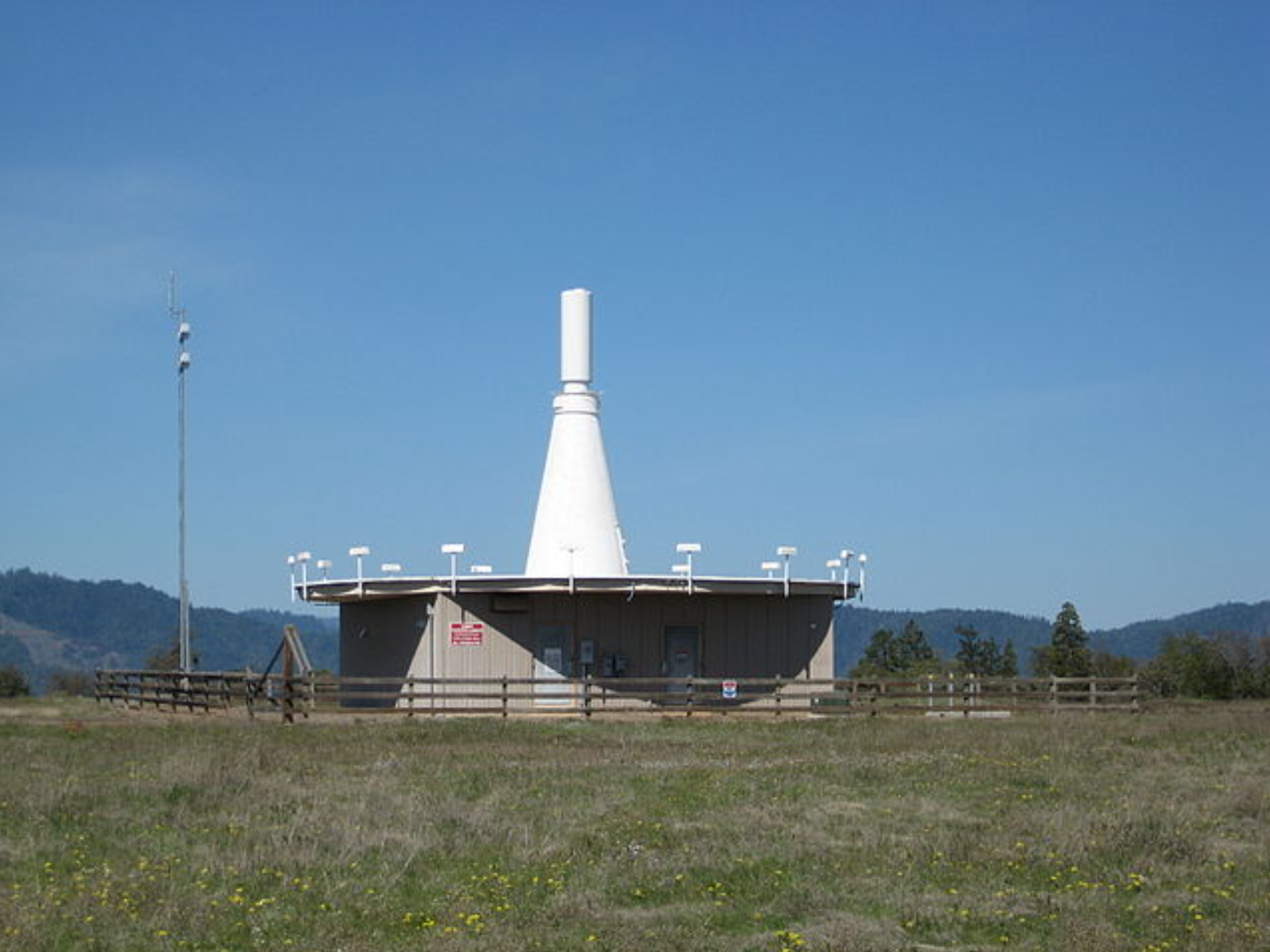VHF omnidirectional range

VHF omnidirectional range (VOR) is a radio navigation system for aircraft, enabling them to find their position and maintain course by receiving radio signals from ground-based beacons. Developed in the 1930s and refined over the decades, VOR operates in the VHF band (108.0 MHz to 117.95 MHz) and is widely used in both commercial and general aviation for navigation and approach procedures.
VOR systems are increasingly being supplemented by satellite-based systems like GPS, but continue to serve as a critical backup and supplemental navigation resource.
Key aspects of VOR's history and development
Early Development
VOR was developed in the United States in the 1930s as part of a program for aeronautical navigation aids.
Deployment
Deployment of VOR and the first DME system began in 1949 by the U.S. Civil Aeronautics Administration (CAA).
International Standardization
ICAO standardized VOR and DME in 1950, establishing it as a primary navigation system for commercial and general aviation.
Doppler VOR
Doppler VOR (DVOR) was developed in the 1960s to improve the accuracy of azimuth determination, especially in challenging siting conditions.
Current Use
VOR is still used as a primary navigation system in many parts of the world and is considered a crucial backup for GPS.
Transition to Modern Systems
The aviation industry is transitioning to GPS and other satellite-based systems for enhanced accuracy and global coverage, but VOR remains a key backup and supplemental system.
